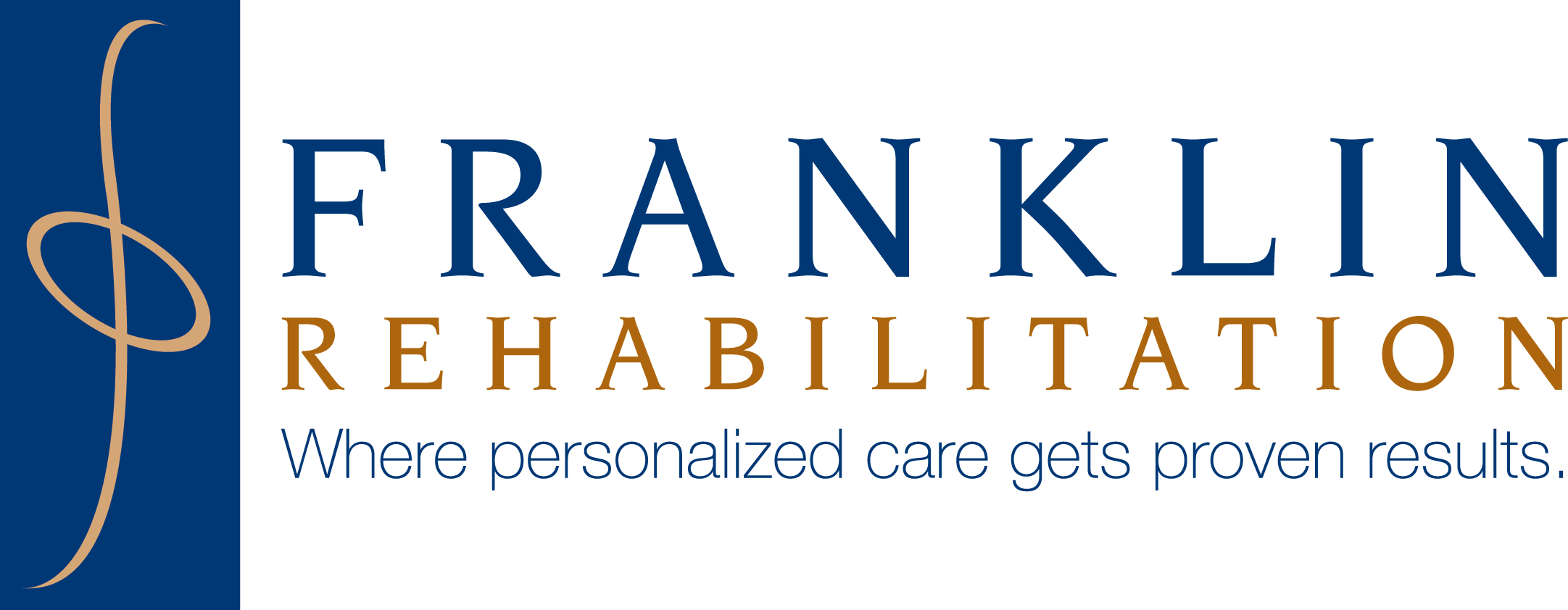Why Your MRI or CT Scan May Do More Harm Than Good
Studies Now Show An Estimated 50% of CT Scans and 33% of MRIs For Low Back Pain Are Unnecessary And Lead To Higher Surgery Rates
BySharon Cole with PThelps.com Staff
According to recent research MRI’s should not be ordered for low back pain routinely and should only be done when serious underlying conditions which would require surgery are suspected. It is estimated that ½ of CT scans and 1/3 of MRI’s of the low back are not necessary. For example, for someone 60 or older without symptoms, 36% would have a herniated disc, 21% have spinal stenosis (narrowing of spinal canal) and over 90% have a degenerated or bulging disc.
A study did MRI’s of people without any pain or symptoms and 90% of them had findings of potentially serious problems on the MRI without significant symptoms. This shows that there is not a good relationship between what is found on imaging and symptoms.
Research has shown that overuse of the MRI in people with low back pain is related to an increased rate of surgery. In fact, a history of depression predicts future back pain better than any MRI findings. Often low back pain can be severe enough to make a person think that a MRI is necessary. While the MRI provides excellent pictures of your anatomy, it may not be able to pinpoint the specific source of your pain. But the bottom line is that an MRI should only be performed when a serious underlying condition is suspected.
When it comes to isolating sources of back and neck pain, physical assessments are often more accurate than CT scans and MRIs. Physical therapists perform these assessments, and many doctors now recommend PT assessments before ordering expensive (and frequently unnecessary) imaging tests. To learn more about the most common diagnosis and treatment options known to reduce surgery, download the Guide To Back And Neck Pain Treatment Options here.
